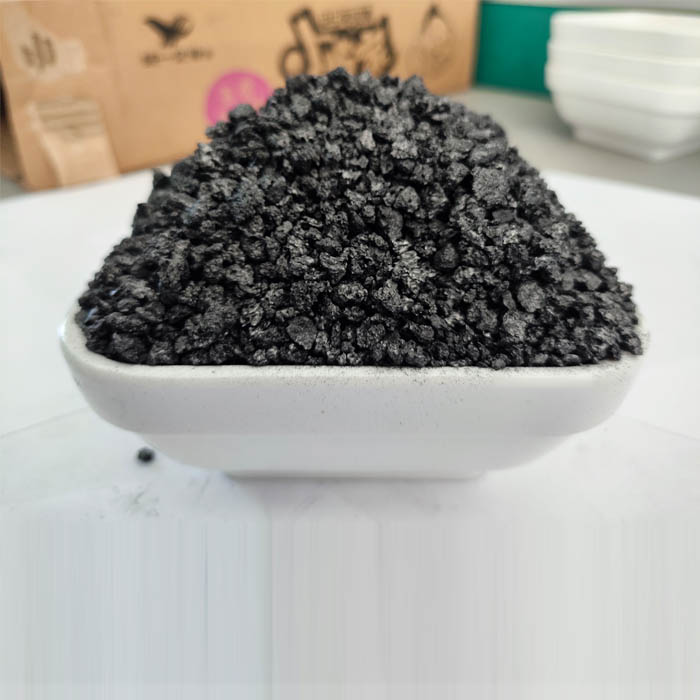Nov . 27, 2024 14:16 Back to list
Effective Oil Absorbents for Environmental Cleanup and Spill Response
Oil Adsorbents A Solution for Environmental Cleanup
Oil spills and leakages are significant environmental disasters that pose severe threats to aquatic ecosystems, wildlife, and human health. The urgency of mitigating these disasters has led to the development of various methods and materials for oil cleanup. Among these solutions, oil adsorbents play a crucial role in the efficient recovery of oil from contaminated environments. This article explores the concept of oil adsorbents, their types, properties, applications, and the future of this technology in environmental remediation.
Understanding Oil Adsorbents
Oil adsorbents are materials capable of absorbing or adhering to oil molecules from a mixture, typically with water. By leveraging principles of physical and chemical adsorption, these materials remove oil while allowing water to remain relatively uncontaminated. The effectiveness of oil adsorbents is determined by their surface area, porosity, and affinity for oil molecules, making it essential to select the right adsorbent for specific cleanup scenarios.
Types of Oil Adsorbents
Oil adsorbents can be generally categorized into three types natural, synthetic, and hybrid materials.
1. Natural Adsorbents These materials are derived from natural sources and include substances like sawdust, peat, clay, cellulose, and various agricultural by-products. Natural adsorbents are often biodegradable and eco-friendly, making them an attractive choice for environmentally conscious cleanup efforts.
2. Synthetic Adsorbents These include man-made materials such as polymer-based foams, sponges, and fibers designed specifically for oil absorption. Synthetic adsorbents often feature enhanced properties, such as increased hydrophobicity and reusability, allowing for more efficient oil removal in varying conditions.
3. Hybrid Adsorbents Some of the most innovative solutions arise from combining natural and synthetic materials. Hybrid adsorbents can optimize the attributes of both types, resulting in products that are both effective and sustainable.
Properties of Effective Oil Adsorbents
For an oil adsorbent to be effective, it must possess specific properties
. Key characteristics includeoil adsorbents

- High Absorption Capacity The material should be capable of absorbing a significant amount of oil relative to its weight. Typically, effective oil adsorbents can adsorb several times their weight in oil.
- Selective Absorption Quality adsorbents should selectively bind to oil while repelling water, ensuring that the absorbed oil can be efficiently separated from the water.
- Reusability Ideally, oil adsorbents should be designed for multiple uses after appropriate cleaning, enhancing their sustainability and cost-effectiveness.
- Biodegradability Environmentally-friendly adsorbents must break down naturally after use, minimizing long-term environmental impacts.
Applications of Oil Adsorbents
Oil adsorbents have been widely utilized in various applications, including marine oil spill recovery, industrial waste treatment, and everyday oil clean-ups in both land and water environments. In emergency response scenarios, these materials can be rapidly deployed to absorb spilled oil, significantly reducing the ecological impact.
In industrial settings, oil adsorbents are used in maintenance and operational practices to manage oil contamination in equipment and facilitate clean-up processes. Their role in remediation ensures compliance with environmental regulations and protects surrounding ecosystems.
The Future of Oil Adsorbents
As the global demand for effective environmental cleanup methods escalates, research and development in the field of oil adsorbents continue to grow. Innovations focusing on creating more efficient, sustainable, and cost-effective materials are underway. Advancements in nanotechnology and biomimicry could lead to the creation of next-generation adsorbents with superior capabilities.
In conclusion, oil adsorbents represent a vital component in the fight against oil pollution, offering diverse solutions tailored to various environmental challenges. By harnessing the power of these materials, we can make significant strides in restoring our ecosystems and safeguarding our planet for future generations.
-
Eco-Friendly Granule Covering Agent | Dust & Caking Control
NewsAug.06,2025
-
Fe-C Composite Pellets for BOF: High-Efficiency & Cost-Saving
NewsAug.05,2025
-
Premium Tundish Covering Agents Exporters | High Purity
NewsAug.04,2025
-
Fe-C Composite Pellets for BOF | Efficient & Economical
NewsAug.03,2025
-
Top Tundish Covering Agent Exporters | Premium Quality Solutions
NewsAug.02,2025
-
First Bauxite Exporters | AI-Optimized Supply
NewsAug.01,2025
